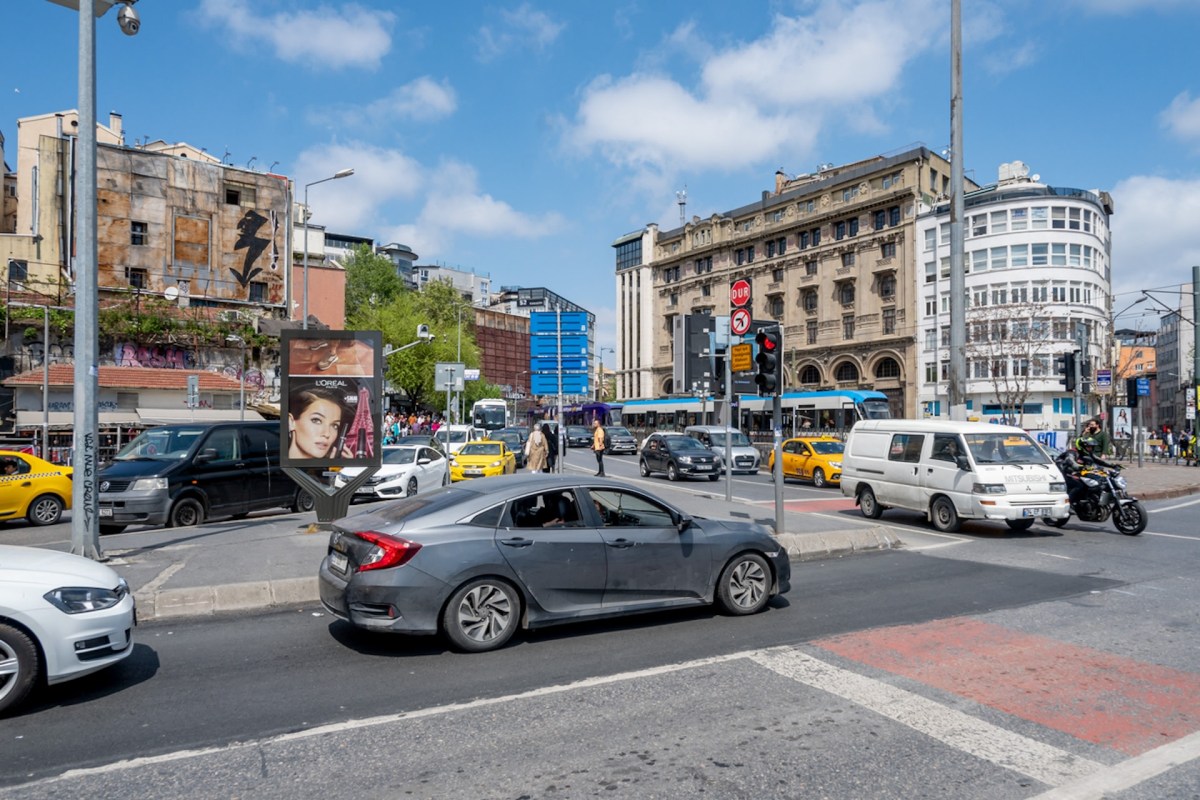A side-by-side picture of Istanbul's İstiklal Avenue is generating some admiring glances on social media after demonstrating the impact of pedestrianizing the area.
The post on X, formerly known as Twitter, has had over 130,000 views and over 1,200 likes since November 21, and it's clear to see why it's been so popular.
Istiklal of today is a bit of a tourist trap. Think of it as like Istanbul's Times Square almost.
— YIMBY Tehran 🏗️🏙️ (@TehranYimby) November 22, 2023
But the historic architecture is incredible and the pedestrianized street is truly very nice to walk. It's a natural starting point of a trip to Istanbul. https://t.co/rACIJ6EgvL
In the first image taken in the 1970s, two lanes of vehicles are lined up bumper to bumper on the stretch of road featuring shops and restaurants. With the roads clogged, so are the sidewalks, with pedestrians packed into the narrow corridors that allow foot traffic.
It's in contrast with the modern-day image, which shows a car-free road and pedestrians spread out far and wide. It seems a lot safer and less stressful for those on foot, with only a tram line to worry about.
X user Yimby Tehran (@TehranYimby) uploaded the remarkable images and provided some further context.
"İstiklal was (re)pedestrianized in 1990 as part of an urban revitalization effort," they said. They also provided screenshots of a research paper that found that after 1986, when the road was pedestrianized, land values began to rise. This allowed for the regeneration of historic buildings and saw the area become a hub for domestic and foreign investment.
"The historic architecture is incredible and the pedestrianized street is truly very nice to walk," Tehran added. "It's a natural starting point of a trip to Istanbul."
X users were impressed, with one saying, "oh that's great," and another adding, "I love the historic tram running down Istiklal."
It's a great example of what can be done when ambitious traffic-reduction measures are implemented in urban areas. Montreal has seen similar benefits after closing a 1.5 mile (2.5 kilometers) road in Le Plateau-Mont-Royal to traffic in the summer, allowing for a pedestrian promenade, street parties, and fairs.
Pontevedra in Spain banned most cars in 1999, and no car-related deaths had been recorded in the area up until 2022 — the year that the latest figures are available. Air pollution has also been reduced by as much as 67%.
Meanwhile, a former parking lot in Bydgoszcz, Poland, has been turned into a vibrant community space for families to enjoy some fresh air.
Safer streets, community events, and a reduction in health issues from dirty fuel pollution all point to why more pedestrianized zones should be opened up in major cities.
Join our free newsletter for cool news and actionable info that makes it easy to help yourself while helping the planet.









